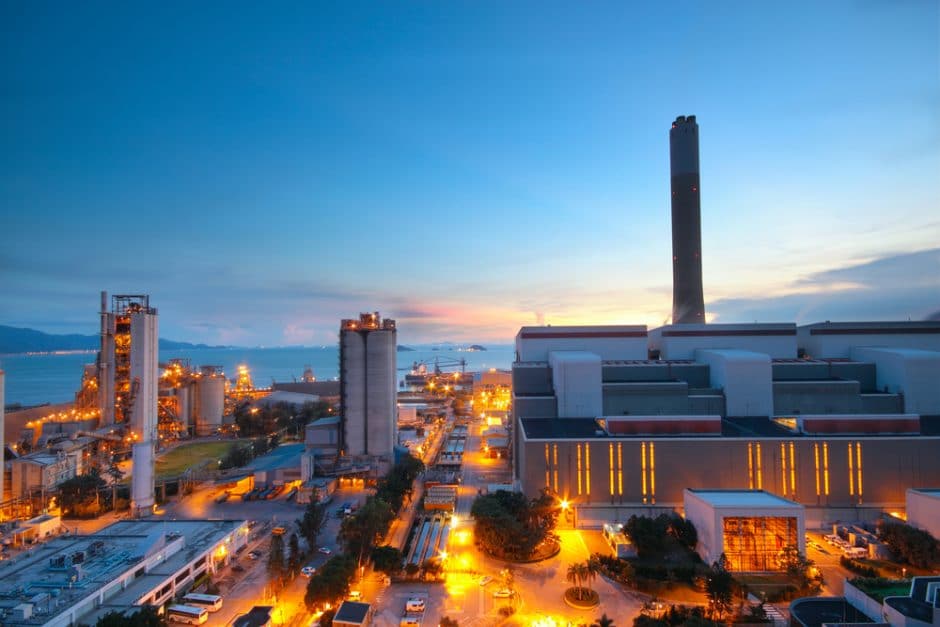Study launched on decarbonising Europe’s heavy industries by 2050

Industry representatives, regional experts, academics and EU officials held the first public meeting of the research group: “Infrastructure needs of an EU industrial transformation towards deep decarbonisation.” The initiative aims to identify what infrastructure will be needed to meet energy and carbon-intensive industrial areas’ new demands for electricity and hydrogen.
This initial workshop was held at the European Institute of Innovation and Technology (EIT) House on 13 June, as part of the activities of Climate KIC’s Re-Industrialise flagship programme, which supports high-emitting regions efforts to transition to low-carbon innovation hotspots. The study is carried out by the Wuppertal Institute for Climate, Environment and Energy (WI), with the support of the European Climate Foundation (ECF).
The event brought key stakeholders – including representatives from the ECF, the European Commission and energy-intensive industries, among others – together to agree on several hot spots (high-emitting regions where there is a need for decarbonisation technology) and conduct an initial exploration of what the needs of these regions would be in terms of infrastructure.
Further workshops will then be held to further engage stakeholders and refine the approach, leading to a final report which will be published by the end of the year. The planned report will detail the infrastructure to be deployed at a regional level to decarbonise industry and help reach the overall total decarbonisation goal by 2050 as set out in the Paris Agreement.
Investing in infrastructure to meet climate goals
Participants agreed that the transition to a greenhouse gas emission-free industry in Europe will require a vast effort of electrification, as highlighted by keynote speaker Cedric Philibert, Energy and Climate Change Analyst at the International Energy Agency (IEA), who pointed out that the latest IEA projections focus more on electrification and less on Carbon Capture and Storage (CCS) technology.
His presentation also detailed hydrogen and renewable energy sources, as well as the potential of combining biomass and hydrogen.
Frank Merten who co-heads the Wuppertal Institute’s research group on systems and infrastructures reminded the audience of the importance of the group’s work, as the infrastructure investments for both CCS and electrification would have to begin now for there to be any chance of reaching the Paris Agreement’s 2050 decarbonisation goal, due to the length of industrial cycles.
Identifying key areas
Specific industrial regions with high concentrations of industries like steel, chemicals and cement were identified and illustrated by Clemens Schneider, a senior expert at Wuppertal Institute. Not least among them is the triangle formed by Antwerp, Rotterdam and Cologne, which alone accounts for 40 per cent of the European petrochemical industry and by some accounts represents the highest concentration of heavy industrial plants.
Other regions mentioned were the Provence-Alpes-Côte d’Azur (PACA) region in France and the Midlands in the United Kingdom, as well as the coal-mining region including the southern geography of Poland and northern regions of Czechia, where several primary steel production plants are located.
The workshop highlighted that individual regions will probably want to specialise more in renewable energy sources (RES) use or CCS, depending on their local conditions.
Crucially, the ‘Infrastructure needs of an EU industrial transformation towards deep decarbonisation’ initiative fits into a more global transitioning effort, summed up by Ada Marmion, Manager of the Re-Industrialise flagship at Climate KIC:
“This important study on infrastructure needs for Industry decarbonisation is, in fact, a piece of a larger puzzle. We at the Climate KIC also look at investment aspects to make this new infrastructure a reality. We also consider social impact and impact on employment, and consequences for future generations.”
